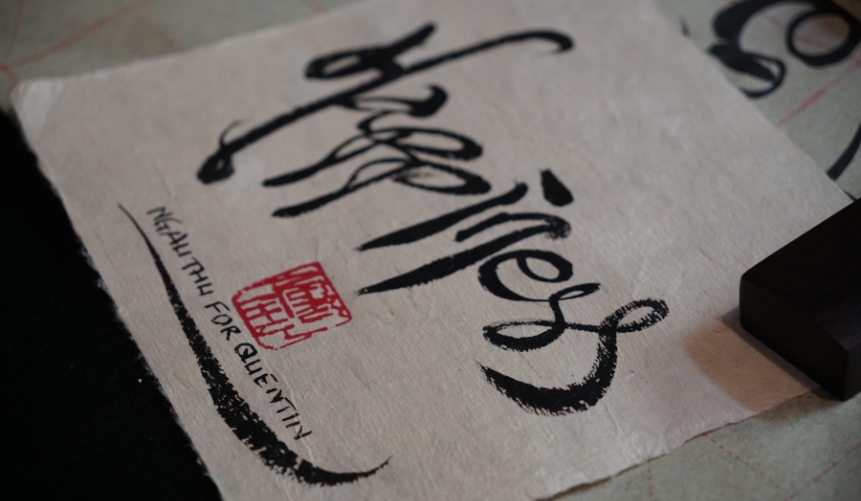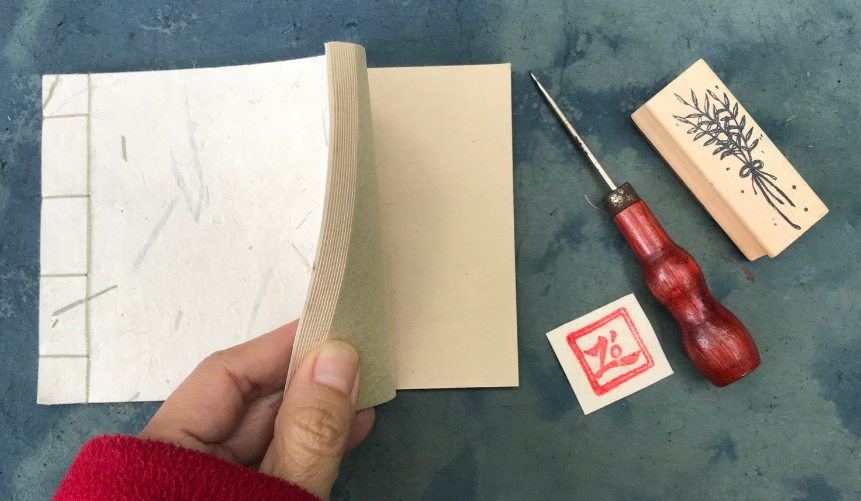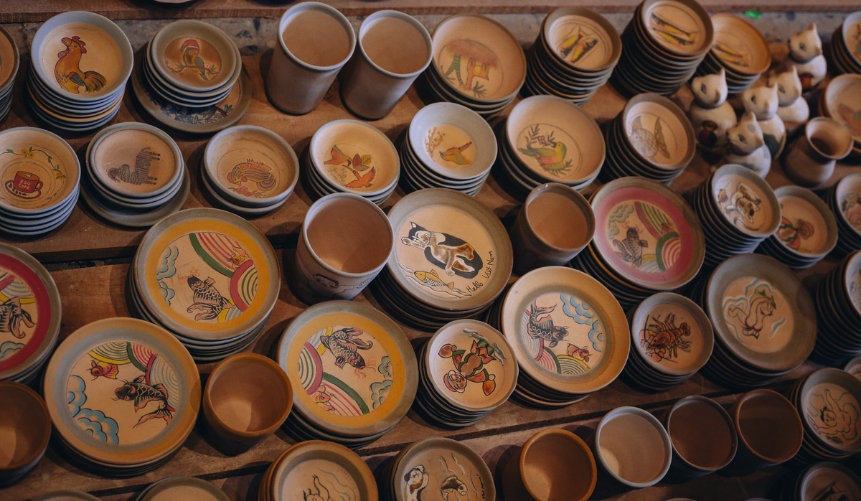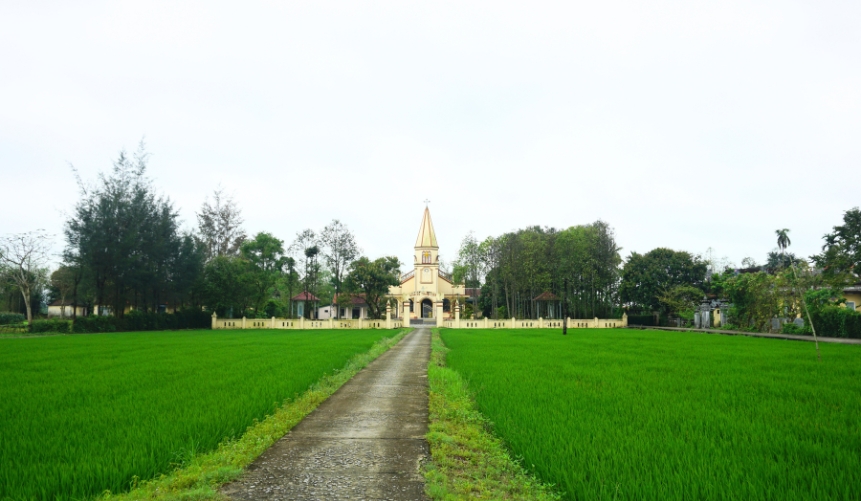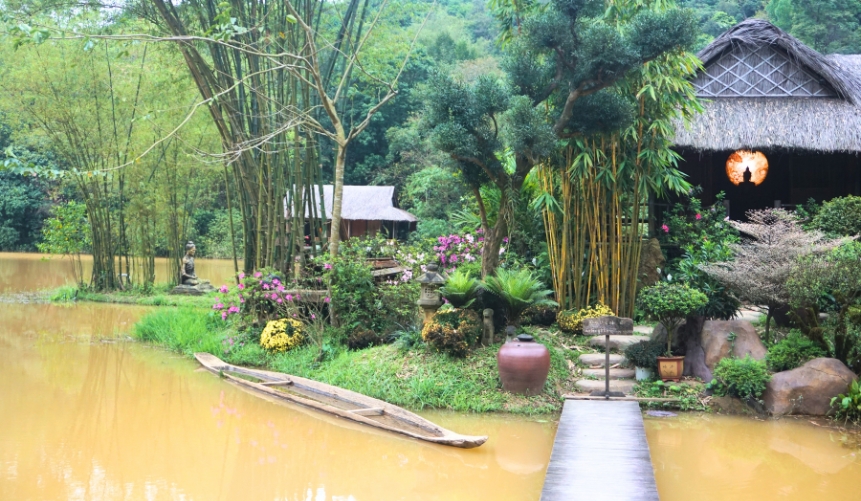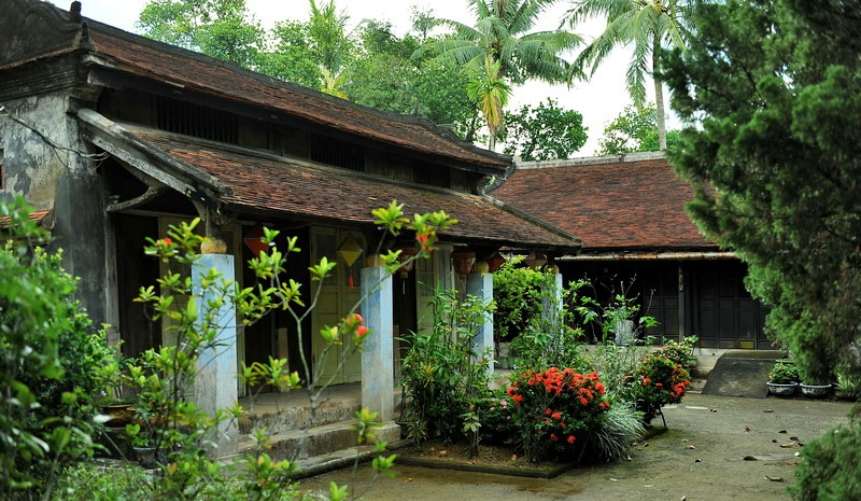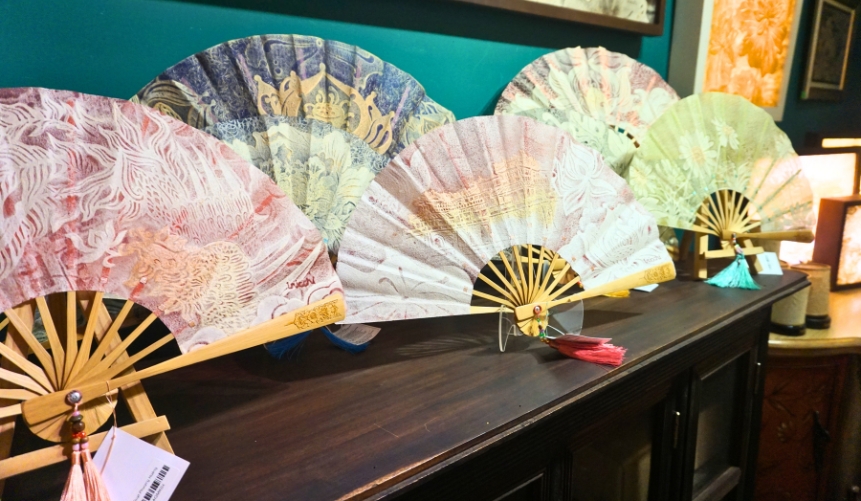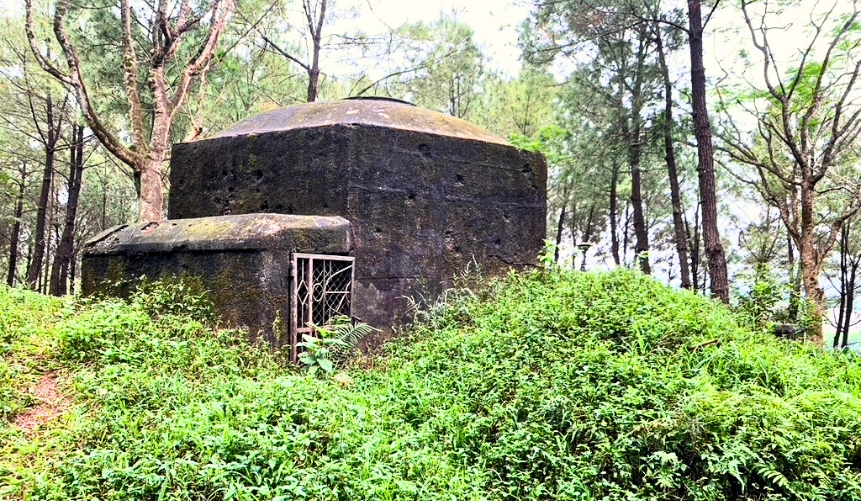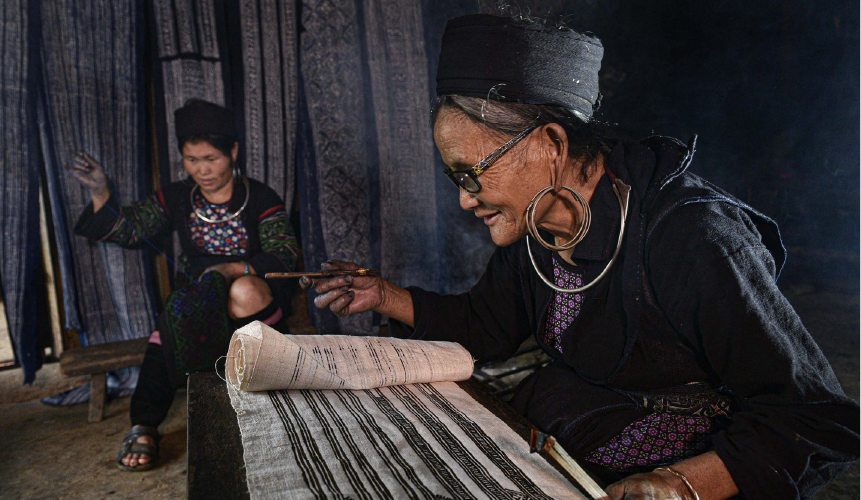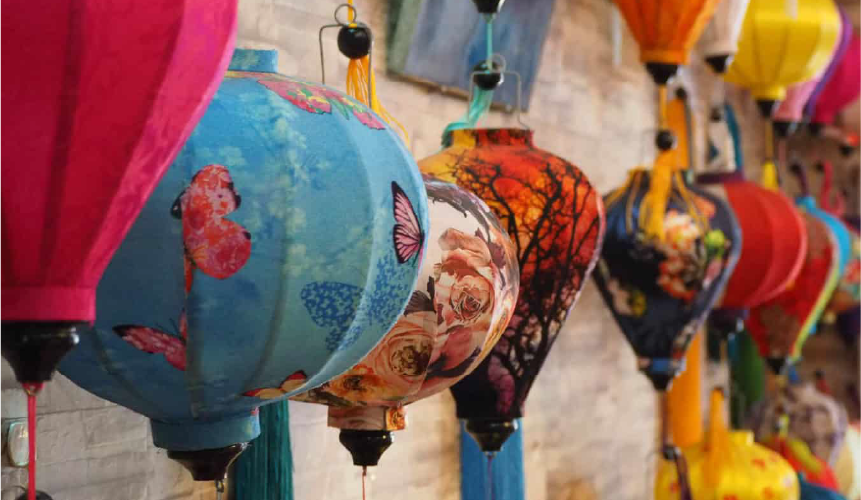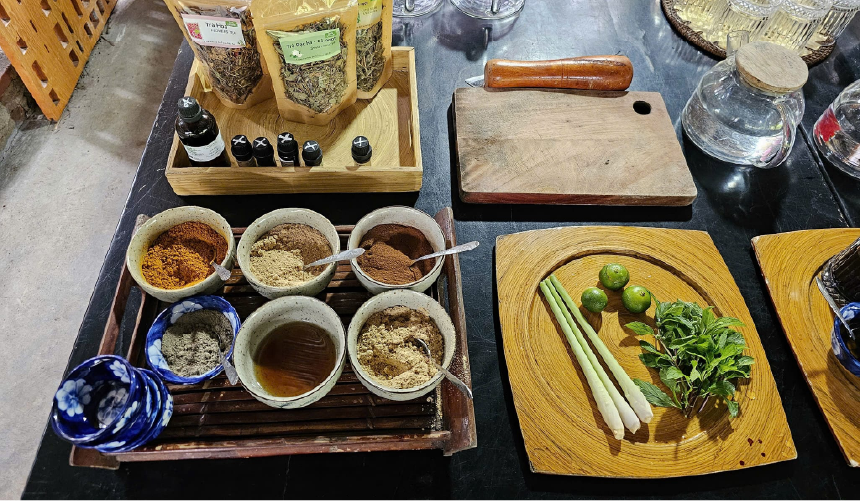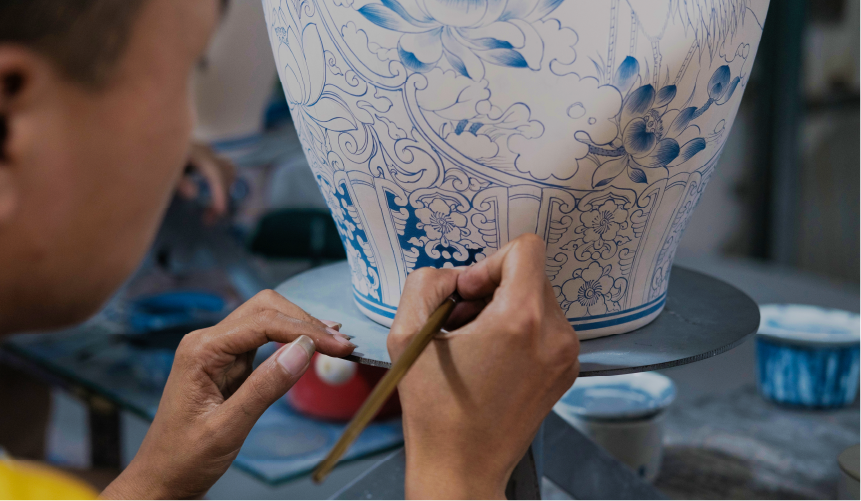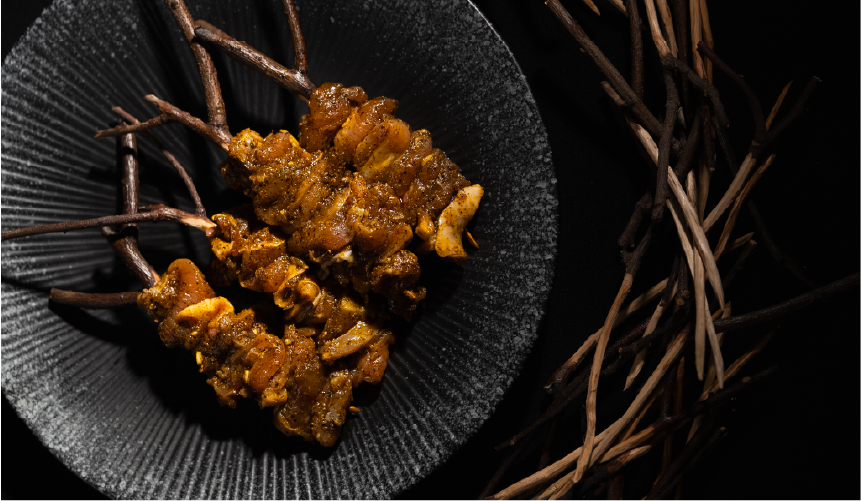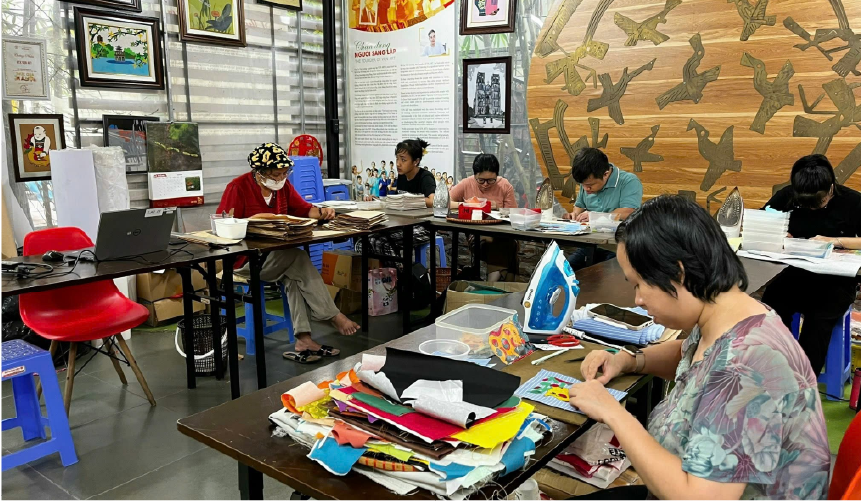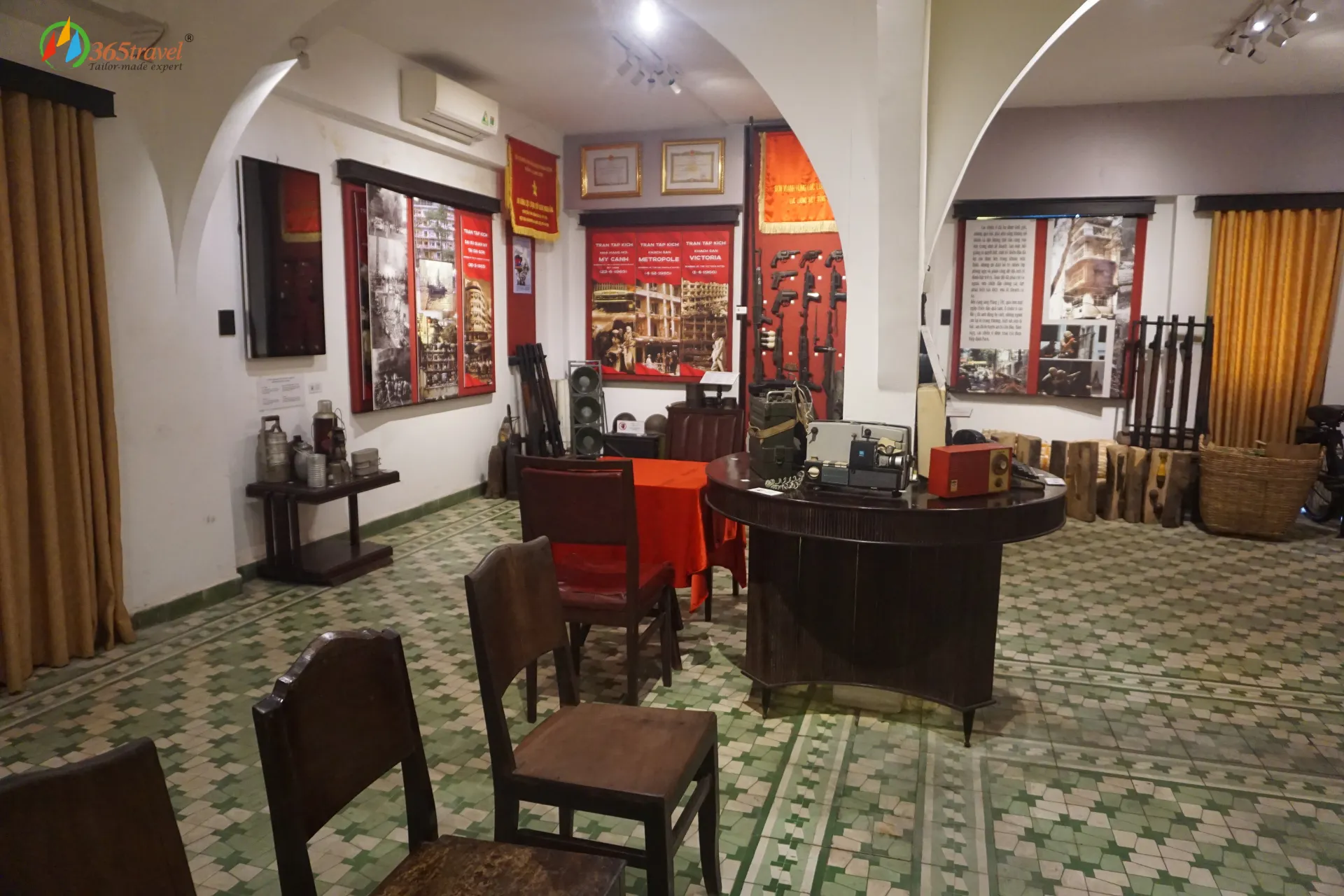
Explore Ho Chi Minh City Untold: In the Footsteps of the Saigon Commandos
At first glance, Ho Chi Minh City, still affectionately called Saigon, dazzles with its dynamic rhythm. Towering skyscrapers, buzzing motorbikes, and stylish cafés tell the story of a modern Vietnam on the move. Hidden behind ordinary facades and busy streets are traces of a different Saigon, the one that once served as the battleground for an underground network of resistance: the Biet Dong Sai Gon, or Saigon Commandos.
Today, a special historical tour invites travelers to uncover that past firsthand. Following the Footsteps of Saigon Commandos is not just another city tour, but a journey through time, into secret hideouts, narrow alleys, and the very places where history was written in silence and bravery. It’s an experience that lets they see Saigon not through postcards, but through the eyes of those who risked everything for freedom!
Who were the Saigon Commandos?
Biet Dong Sai Gon was a special force unit of the Vietnam People’s Army that operated during the Vietnam War. Formed in the 1960s, this unit was known for its guerrilla tactics and urban warfare, particularly during the Tet Offensive and Uprising in the spring of 1968.

Archival images of the Saigon Commandos during the wartime period.
Their operations included sabotage, intelligence gathering, and direct assaults against US forces, playing a crucial role in the reunification of Viet Nam. The tunnels and hiding places used by the Saigon Commandos are now significant historical sites, reflecting their contributions to the struggle for the liberation of the South and national reunification.
A tour following their footsteps is not just about visiting historical sites; it’s about stepping into the lives of those who lived history. Each stop reveals how resourcefulness and solidarity turned small homes and hidden tunnels into symbols of unwavering determination.
A journey through living history
As travelers follow the footsteps of the Saigon Commandos, they uncover the real locations where history unfolded, often hidden beneath the city’s modern rhythm.
The journey begins at the Reunification Palace, the symbolic heart of Saigon’s wartime history. It was here that the Saigon Commandos launched one of their most daring missions during the Tet Offensive of 1968, an operation that shook the city and left a lasting mark on Vietnam’s struggle for independence.
From there, travelers trace the path of history through central Saigon, passing landmarks like the Caravelle Hotel and Brinks BOQ ( now the Hyatt ) both of which were targeted in strategic bombings in 1964. Standing before these once-ordinary buildings, visitors can imagine the tension and courage that defined a city at war, and the invisible network of fighters who moved through it.

The secret basement under the wardrobe of Saigon commandos
The story deepens with a visit to a hidden weapons bunker, tucked beneath a humble house in a quiet neighborhood. Once, this unassuming residence concealed nearly two tons of weapons, carefully stored and ready for missions that would alter the course of the war. The operation was led by a furniture supplier who used his job to transport arms for the resistance. Today, visitors can descend into the underground chamber, still preserved with the original tunnel entrance, and witness the incredible ingenuity behind one of Vietnam’s most successful covert missions.
Next, the tour continues to the Biet Dong Sai Gon – Gia Dinh Museum, a preserved safe house filled with secret passageways and artifacts that tell the story of underground resistance. Once another secret safe house, it now serves as a memorial to the Commandos’ courage and creativity. Inside, travelers can explore reconstructed living spaces, secret compartments hidden behind false walls, and over 300 authentic artifacts, weapons, uniforms, and hand-written notes – that bring to life the human side of urban warfare.
Each artifact tells a story about the special forces soldier, such as Mr. Lai’s woodworking tools – a profession that helped him camouflage and enter enemy strongholds without arousing suspicion. A typewriter once owned by Nguyen Van Thieu, an accordion and motorbikes used to deliver secret messages, etc,…

Historical artifacts preserved at the Biet Dong Sai Gon – Gia Dinh Museum.
The journey concludes at Do Phu Café, also known as “Biet Dong Coffee Shop”, once a commando base cleverly hidden in plain sight. During the war, it served “com tam Dai Han”, Korean-style broken rice to disguise its true purpose as a meeting point and secret mailbox for the resistance. Customers coming to this simple restaurant could not have imagined that this place was actually used by the revolutionaries as a shelter, a liaison, a meeting place, a place to deliver letters and secret documents, and to hide cadres…Today, over a cup of Vietnamese coffee, visitors will see evidence of a time of secret but vibrant revolutionary activities.

The interior space of Do Phu Café
The journey concludes at Do Phu Café, also known as “Biet Dong Coffee Shop”, once a commando base cleverly hidden in plain sight. During the war, it served “com tam Dai Han”, Korean-style broken rice to disguise its true purpose as a meeting point and secret mailbox for the resistance. Customers coming to this simple restaurant could not have imagined that this place was actually used by the revolutionaries as a shelter, a liaison, a meeting place, a place to deliver letters and secret documents, and to hide cadres…Today, over a cup of Vietnamese coffee, visitors will see evidence of a time of secret but vibrant revolutionary activities.
This tour brings the past vividly to life. Each stop reveals how everyday spaces (homes, cafés, and hotels) once carried the weight of national destiny. Walking these streets, travelers don’t observe history from afar; they stand where it happened. It’s an encounter with resilience, memory, and the spirit that helped shape modern Vietnam!
In today’s travel landscape, history-based experiences are no longer niche, they’re in demand. Travelers, especially those who are interested in history , are seeking journeys that go beyond sightseeing to offer context, emotion, and connection. This Biet Dong Sai Gon experience answers exactly that call.
This experience is perfect for curious, culturally minded travelers, those who value authenticity and depth over superficial attractions. It appeals to history enthusiasts, educators, students, and even repeat visitors to Vietnam who believe they’ve “seen it all.” But it’s also deeply engaging for modern explorers who appreciate stories of human resilience and ingenuity that transcend borders.
For your clients, this tour delivers what today’s post-COVID traveler increasingly craves: purpose-driven exploration. It combines education, emotion, and exclusivity, an experience that feels personal, not mass-produced. They’re not just visiting landmarks; they’re uncovering a living chapter of Vietnam’s identity, guided by experts who bring those stories to life through authentic encounters and local insights.
By offering this journey, our partners can expand their Vietnam portfolio with something truly distinctive, a program that transforms “war tourism” into an experience of remembrance, empathy, and respect. It’s a journey that bridges generations and perspectives, reminding travelers that courage and hope often thrive in the most unexpected places.
Interested in adding more depth to your Vietnam portfolio? Contact 365 Travel to learn how it can enrich your product lineup with experiences that inspire, educate, and connect.
























